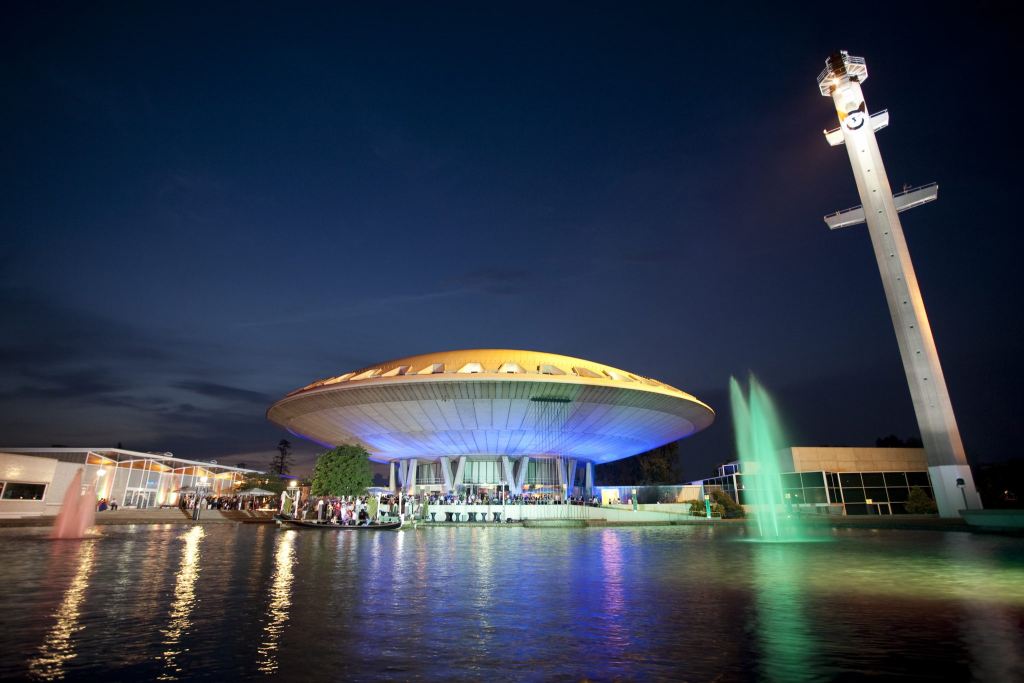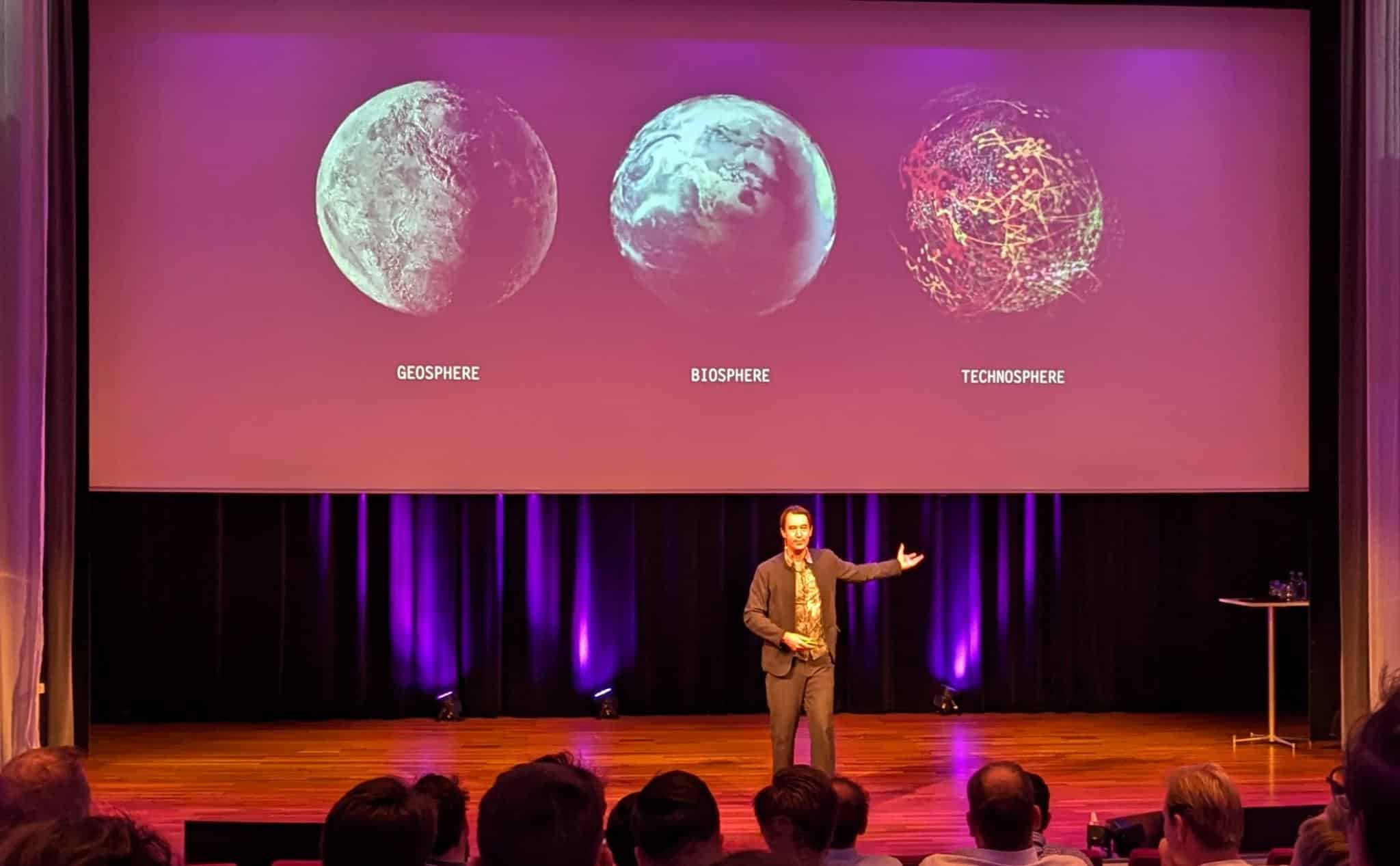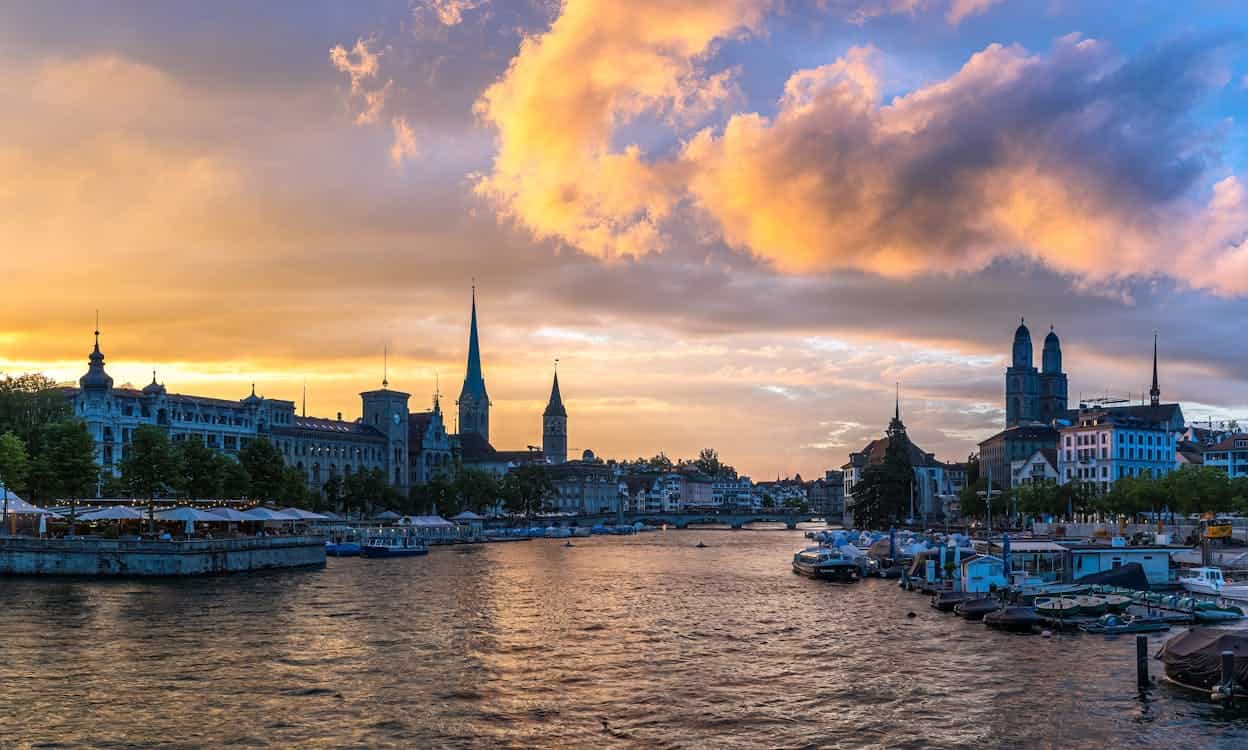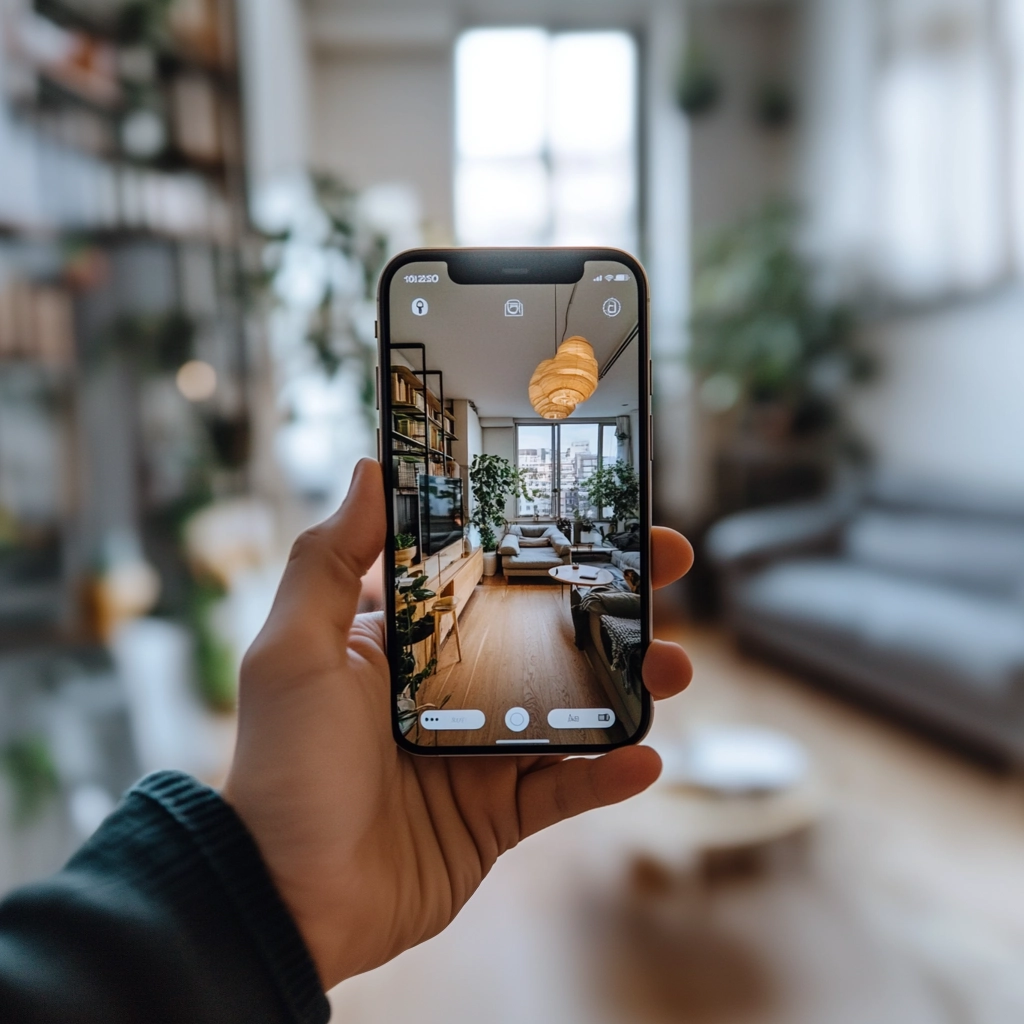
‘Living Labs’, smart energy systems and a smart mobility platform. This Monday and Tuesday (19 & 20 September 2016) at the Global Forum in the Evoluon, we are bombarded with smart jargon. A think-tank for governments, entrepreneurs and researchers, organized by Brainport Development in collaboration with consultantancy bureau ITEMS International. The technology of the future and smart cities were the central theme.
Under the title “The State of Eindhoven” E52 and Het Nieuwe Instituut bring a series of articles about the effort the city is taking to become a smart society, and about the connections that are needed between big data and real people. Read the whole series here.
That Eindhoven wants to become a smart city, we all know, although the city itself rather speaks of a ‘smart society’. Many initiatives are already here. The ‘Living Lab Stratumseind’ for example provides a secure night out, and the project ‘State of Eindhoven’ wants to involve all of Eindhoven in the smart city process.
But for many people, a smart city means little more than a bunch of particularly vague terms without any concrete applications. Something not to worry about because it won’t be here any time soon. Yet, all over Europe, smart city initiatives are popping up. Not in ten years or so, but now already. During the ‘smart city and smart region‘ session at the Global Forum policy makers are explaining in what way their specific city is smart.
“By gathering data about when the lights start to shine, we can analyse the traffic on the street.”
Take for example Mika Mannervesi from the Finnish municipality of Salo, where the Nokia phone comes from: “We have a system of intelligent street lamps with LED lamps. These lamps provide 10 percent of their power when no one is around, and 100 percent when somebody walks by.”
But lights that pull on when someone comes along we already know for some time. Yet the system in Salo is smarter than that, Mannervesi says: “The lamps provide constant status updates about their consumption. By collecting data on when the lights start to shine brighter, we can analyze the traffic on the street and identify any traffic problems.”
Groningen and Brussels
Closer to home the smart city is also already alive. Brussels has 3,500 cameras positioned in the city. Those cameras are operated by a variety of agencies. The Belgian capital has launched a security platform on which all these images are shared. The goal is a safer city.
In Groningen 42 households have joined “PowerMatching City”, a project in which households are completely off the regular power grid. Eelko Steenhuis of the municipality of Groningen explains how it works: “All the energy is generated sustainably, for example via solar panels. Participants can then use a device to determine how to spend their energy.” The sun is shining outside? The tablet will alert and participants can quickly turn on their washing machine. Even when they are not home.
When a participant is low to Energy at a certain point in time, the neighbour can help out. The goal is to get 50,000 households fossil free within a number of years.
Paris and Torino
The core issue in Europe’s major traffic jam, one can easily guess. Smart mobility is the codeword in Paris. Parisians are stuck in traffic on an average of 45 hours per year. These traffic jams cause a lot of pollution, last year the municipality issued a pollution alarm no less than 15 times.
The solution? According to the Paris policymaker Eric Legale it’s called Moovit. An application originating from the U.S. that provides continuous current travel information and advice on the most efficient method of traveling. Users of the app contribute by adding topics, such as accidents or extreme crowds.
“Technology alone is not the Holy Grail. You need people.”
University of Torino researcher Cristina Probello wants to add her experience to Legale’s story. In her town as well, there is a smart app with constantly updated travel information. Only what? People are creatures of habit and still hold their default route. Even if a different route, with a different means of transport, is faster and better for the environment. The conclusion? “Technology alone is not the Holy Grail. You need people as well.”









